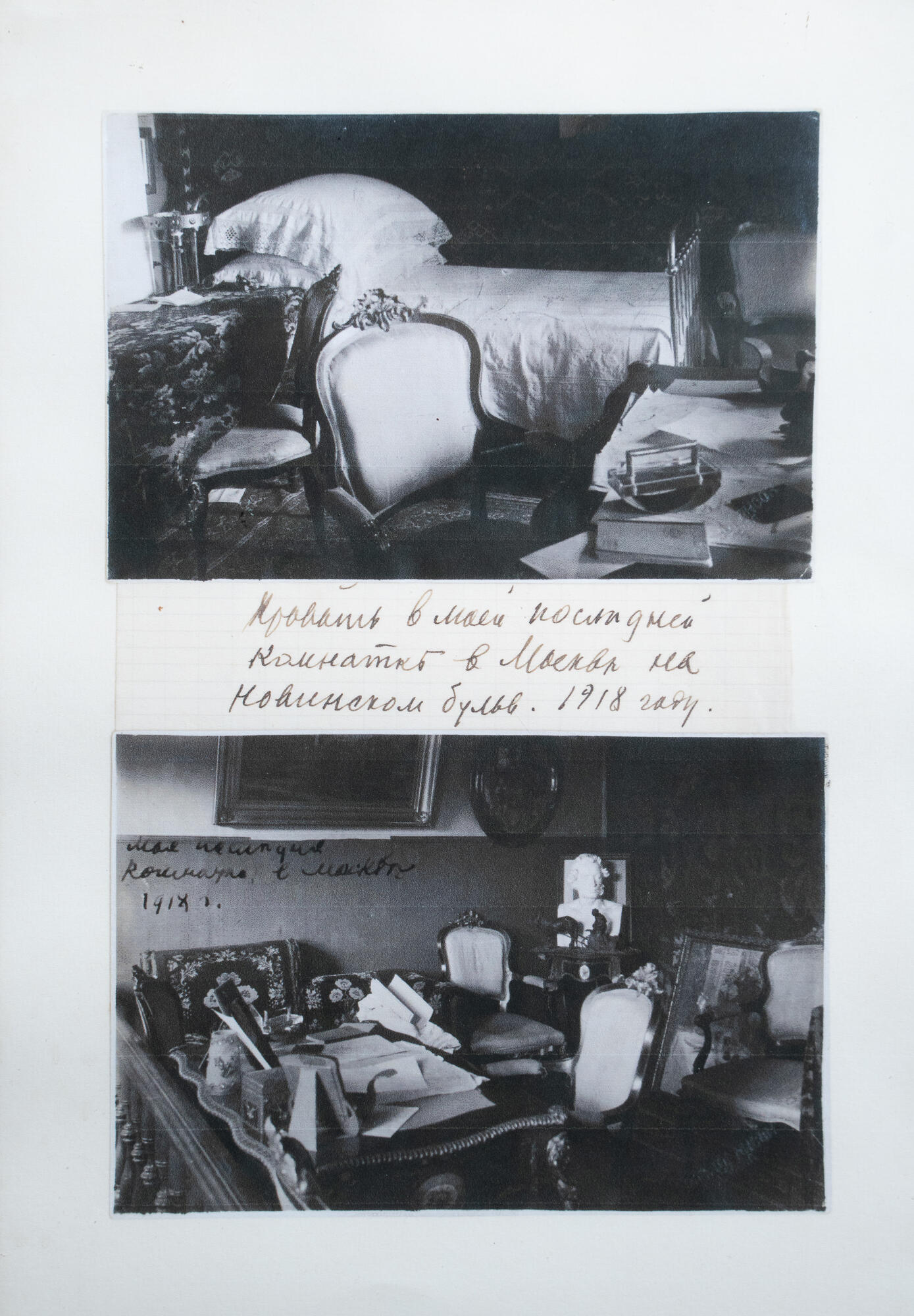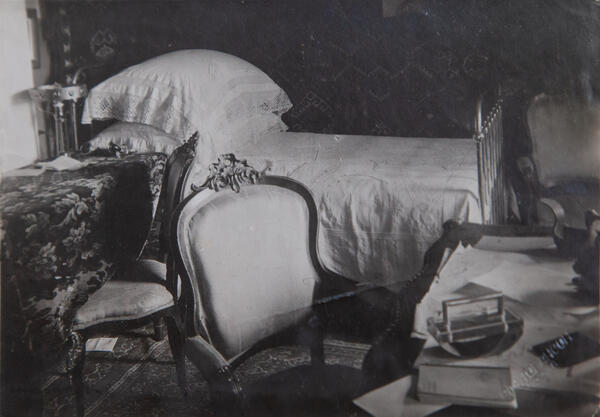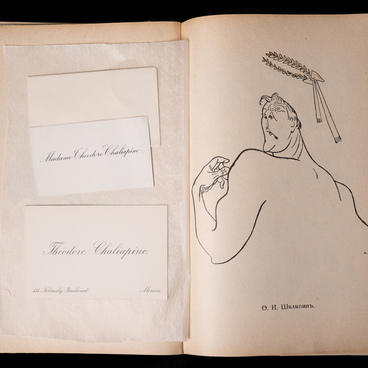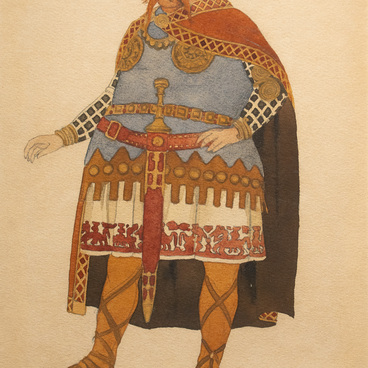The exhibition of the Feodor Chaliapin Estate Museum includes a photograph of the interior of the room in the mansion on Novinsky Boulevard. It bears an autograph of the great Russian bass.
After the October Revolution, Chaliapin’s house in Moscow was one of the first to be nationalized and “densified”. The bedroom of the first People’s Artist of the Republic was moved to the mezzanine. It was this room upstairs, the “pigeonhole” as it was called, that was reserved for the great artist to rest, sleep, rehearse, and receive friends and visitors. While on the one hand, the new government awarded the singer the honorary title of People’s Artist, on the other, his property was subject to requisition. The new bosses argued, “We must free the genius of Chaliapin from the economic strangulation.”
Despite numerous applications, letters, and petitions, the house would not be spared from being occupied by new tenants who received permits to move in from the Bolshevik government. The famous Soviet actor Ruben Simonov recalled that once, when he was young, he had the courage to ask Irina Chaliapina, with whom he studied at the theater school, to arrange a meeting with her famous father. And his wish was granted, unexpectedly. He “was received by Feodor Ivanovich in a room on the mezzanine. The ceiling was so low that when Feodor Ivanovich stood up, it seemed to rest on his shoulders. The walls were decorated with portraits autographed by Tolstoy, Chekhov, Gorky, drawings by Vrubel, Korovin, Golovin and other artists Feodor Ivanovich had artistic bonds with.”
But it grew increasingly difficult to exist in the “Pigeonhole”, which had turned into a warehouse when the things the singer needed in his life and work were moved there. Chaliapin decided to go on a long tour. On June 29, 1922, Chaliapin gave a free matinée concert for workers in the Great Hall of the Philharmonic Society in Petrograd, the last performance of the famous bass in Russia. That very evening Chaliapin set off abroad on the steamship Oberbürgemeister Haken, one of the “philosophers’ steamships” for treatment, rest and touring, as it was officially reported. He never returned home. Feodor Ivanovich Chaliapin took the photo of the “Pigeonhole” with him. This photo was in the singer’s study in his home on the Avenue D’Eylau in Paris.
After the October Revolution, Chaliapin’s house in Moscow was one of the first to be nationalized and “densified”. The bedroom of the first People’s Artist of the Republic was moved to the mezzanine. It was this room upstairs, the “pigeonhole” as it was called, that was reserved for the great artist to rest, sleep, rehearse, and receive friends and visitors. While on the one hand, the new government awarded the singer the honorary title of People’s Artist, on the other, his property was subject to requisition. The new bosses argued, “We must free the genius of Chaliapin from the economic strangulation.”
Despite numerous applications, letters, and petitions, the house would not be spared from being occupied by new tenants who received permits to move in from the Bolshevik government. The famous Soviet actor Ruben Simonov recalled that once, when he was young, he had the courage to ask Irina Chaliapina, with whom he studied at the theater school, to arrange a meeting with her famous father. And his wish was granted, unexpectedly. He “was received by Feodor Ivanovich in a room on the mezzanine. The ceiling was so low that when Feodor Ivanovich stood up, it seemed to rest on his shoulders. The walls were decorated with portraits autographed by Tolstoy, Chekhov, Gorky, drawings by Vrubel, Korovin, Golovin and other artists Feodor Ivanovich had artistic bonds with.”
But it grew increasingly difficult to exist in the “Pigeonhole”, which had turned into a warehouse when the things the singer needed in his life and work were moved there. Chaliapin decided to go on a long tour. On June 29, 1922, Chaliapin gave a free matinée concert for workers in the Great Hall of the Philharmonic Society in Petrograd, the last performance of the famous bass in Russia. That very evening Chaliapin set off abroad on the steamship Oberbürgemeister Haken, one of the “philosophers’ steamships” for treatment, rest and touring, as it was officially reported. He never returned home. Feodor Ivanovich Chaliapin took the photo of the “Pigeonhole” with him. This photo was in the singer’s study in his home on the Avenue D’Eylau in Paris.



